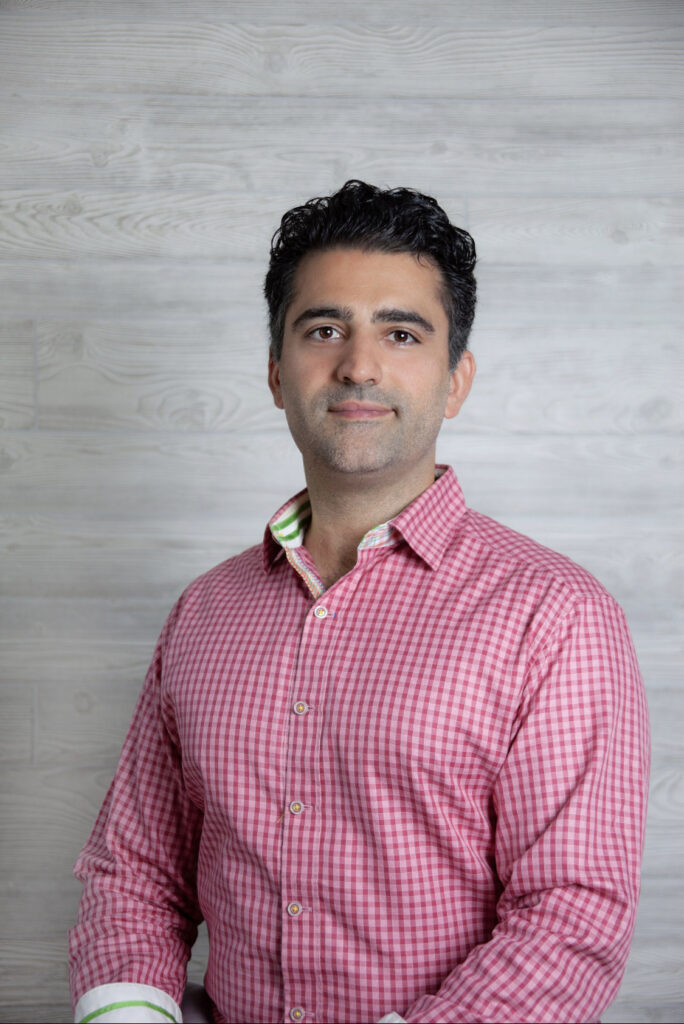ABOUT DR. SHAHED SADR

The Journey That Led Me to Chiropractic
As a child, I felt unbreakable. My body was my tool for play, a way to express emotions beyond words. Pain was an afterthought, and recovery was a concept that didn’t make sense to me. But as I grew older, I realized that my body was more than just a tool—it was an intricate, living instrument, the only one I had to connect with the world. And like any instrument, it needed care, tuning, and adjustments to perform at its best.
Curiosity was my first step. I began questioning the pains within my body. How could I help this complex vessel—one without a user manual—reach its full potential? The human body is designed to heal itself, but what could I do to support and enhance that process?
Through my studies, I noticed a pattern: most physical pains followed people throughout their lives. Instead of resolving them, the body simply adapted to survive. I realized the difference between beneficial soreness—the kind that leads to growth—and pain that hinders progress due to a lack of understanding. This realization fueled my determination to explore the root causes of pain and limitations in movement.
Facing pain, whether physical or emotional, is one of life’s hardest yet most rewarding challenges. My passion for movement, healing, and the body’s resilience led me to chiropractic care. I immersed myself in understanding muscle function, ligament integrity, joint capsules, nerve pathways, and the concept of subluxation—how joint restrictions impact overall health. I discovered the immense power of stretching, strengthening, and restoring proper function to muscles and joints.
But movement is more than just physical—it’s neurological. Our brain controls every motion, yet through life experiences, we often lose full connection with our bodies. This disconnect creates resistance, limiting our movement and potential. That’s when I discovered neuroplasticity—the brain’s ability to adapt and rewire itself through repetitive movement and awareness. Just as playing piano requires repeated practice to develop muscle memory, restoring joint function requires consistent movement to rebuild neurological connections.
My mission is to share this knowledge with the world. I am especially passionate about helping those with scoliosis and spinal deformities, demonstrating the true power of chiropractic care. Before I leave this earth, I hope to change how people perceive the body’s healing potential and show them a new perspective on movement, pain, and the magic of chiropractic.
